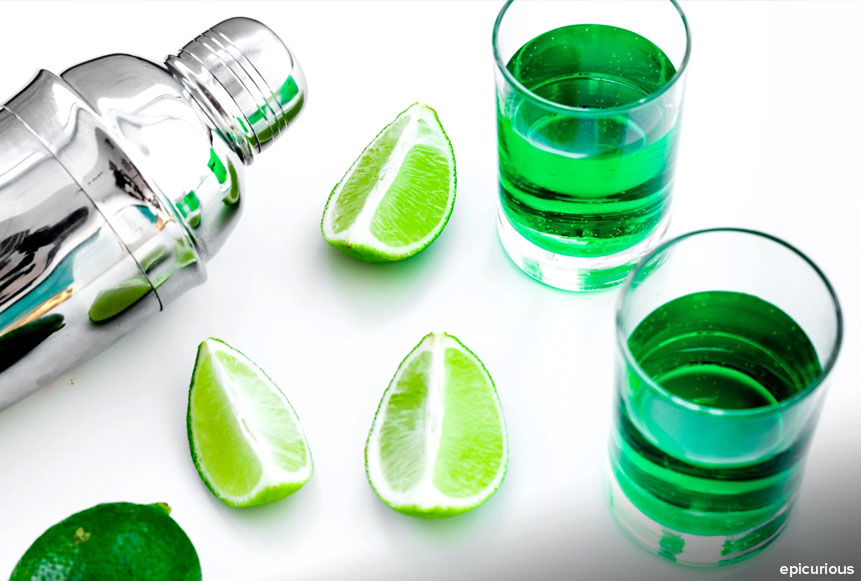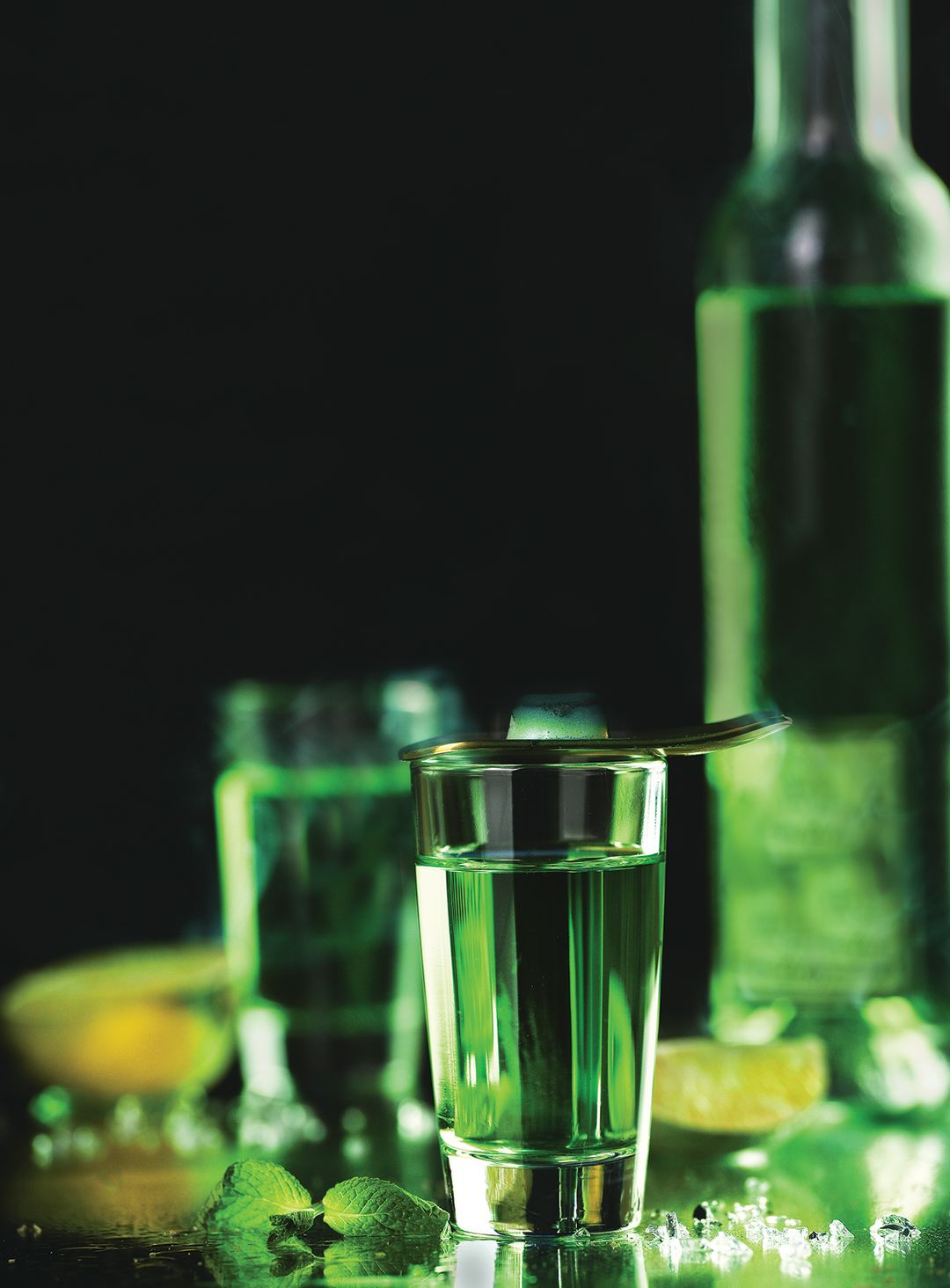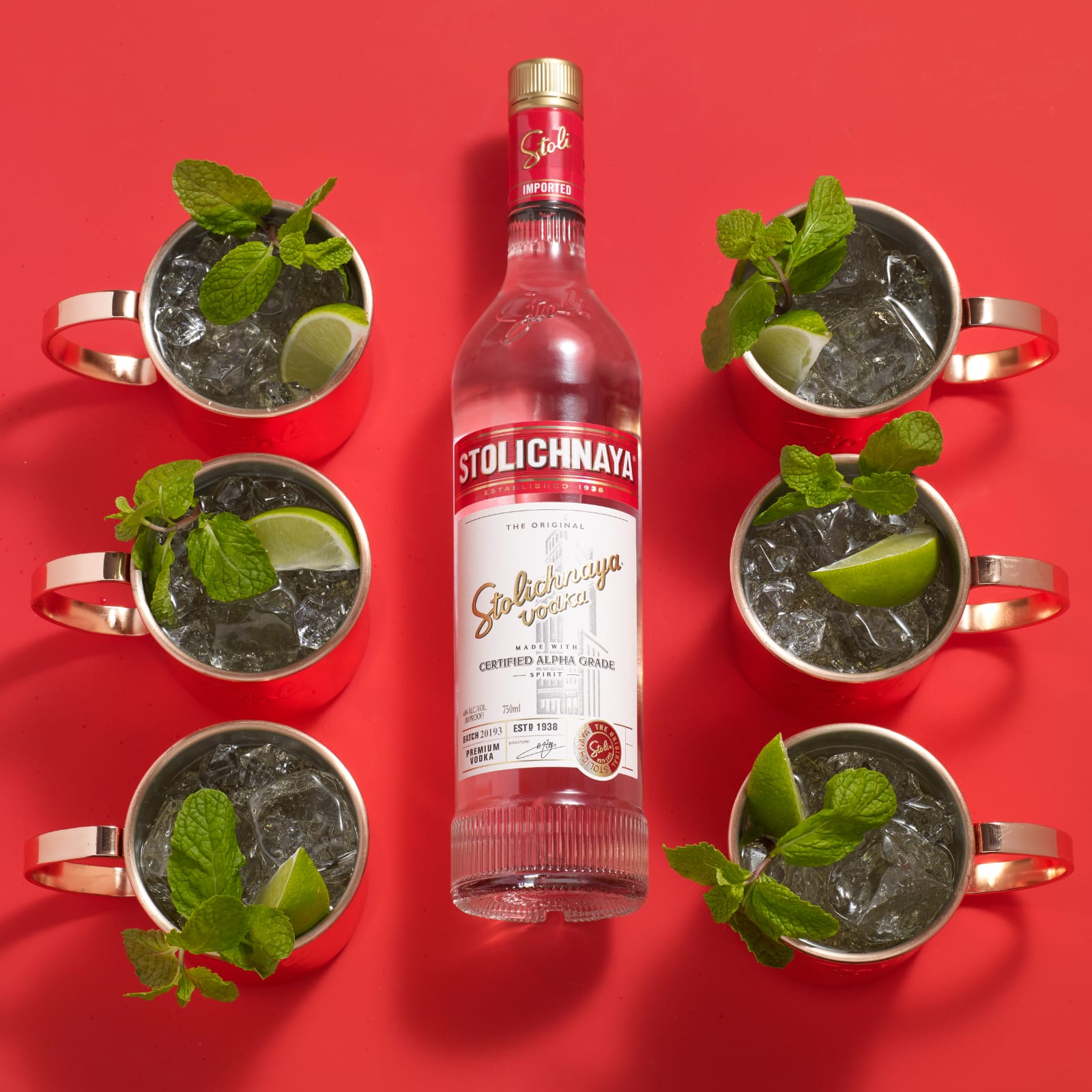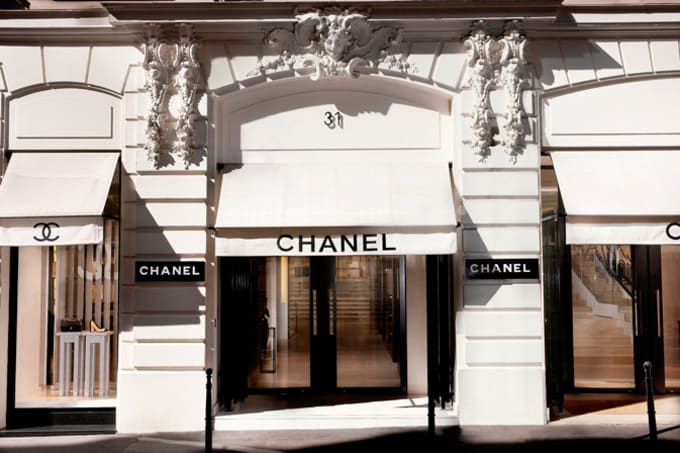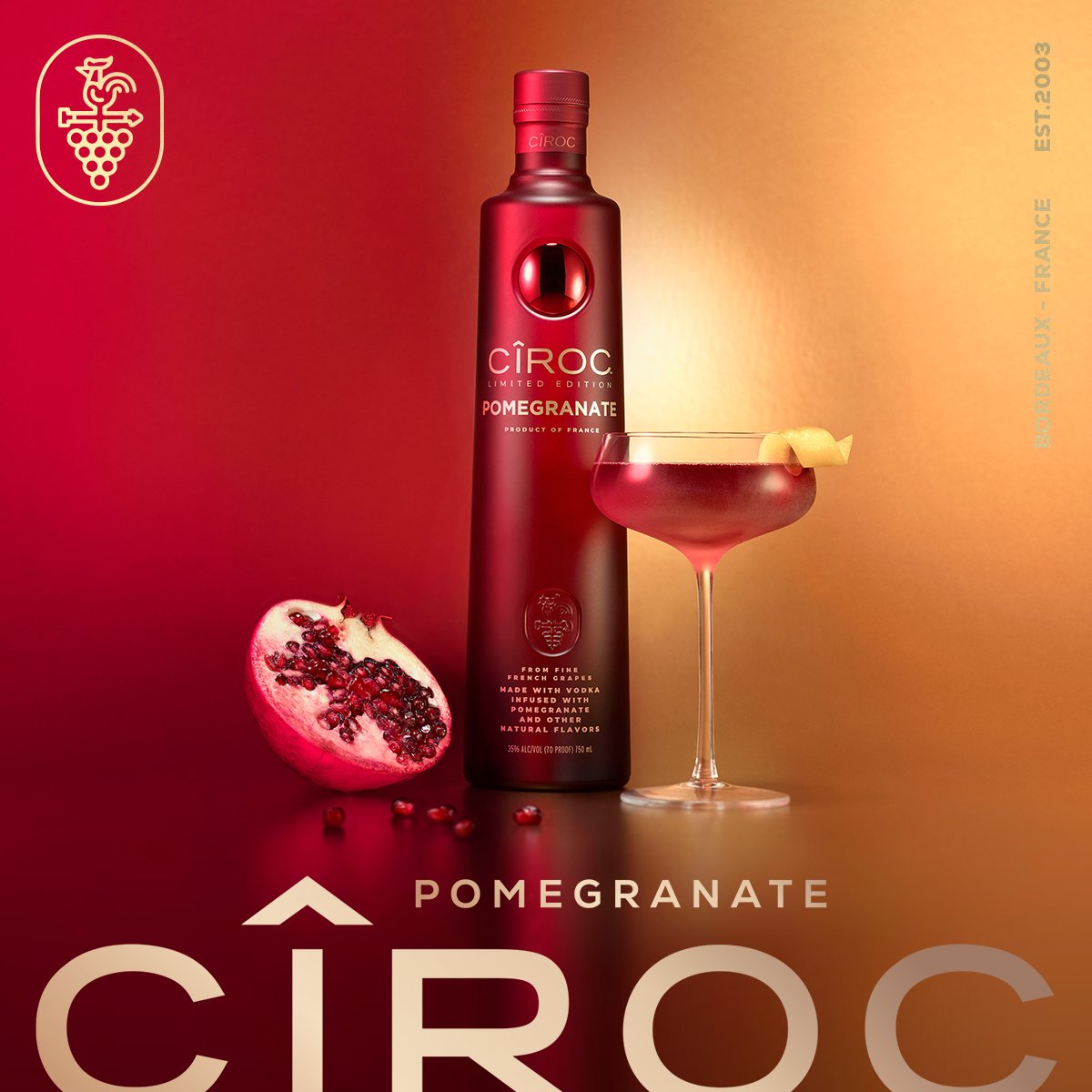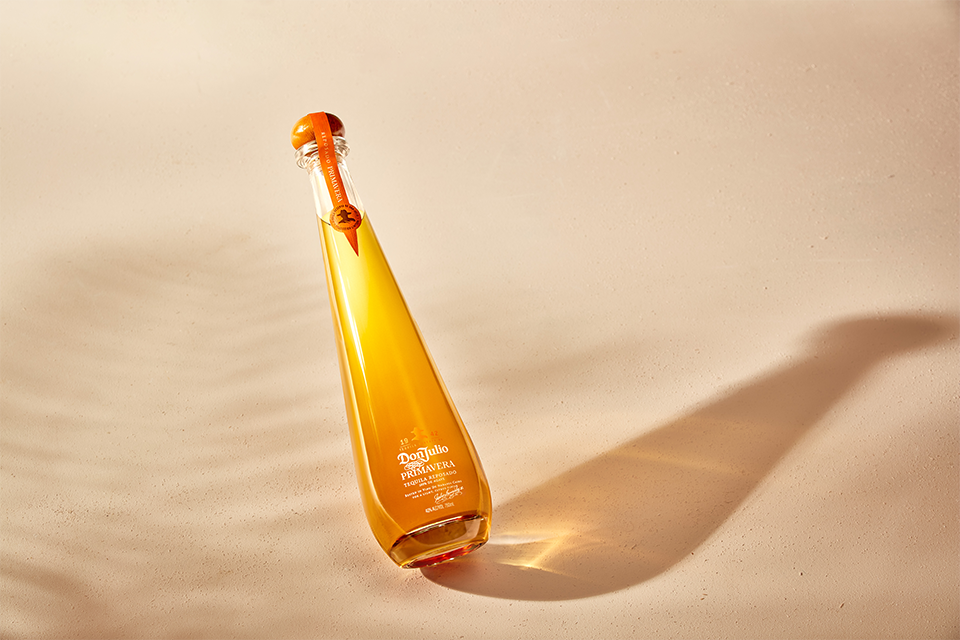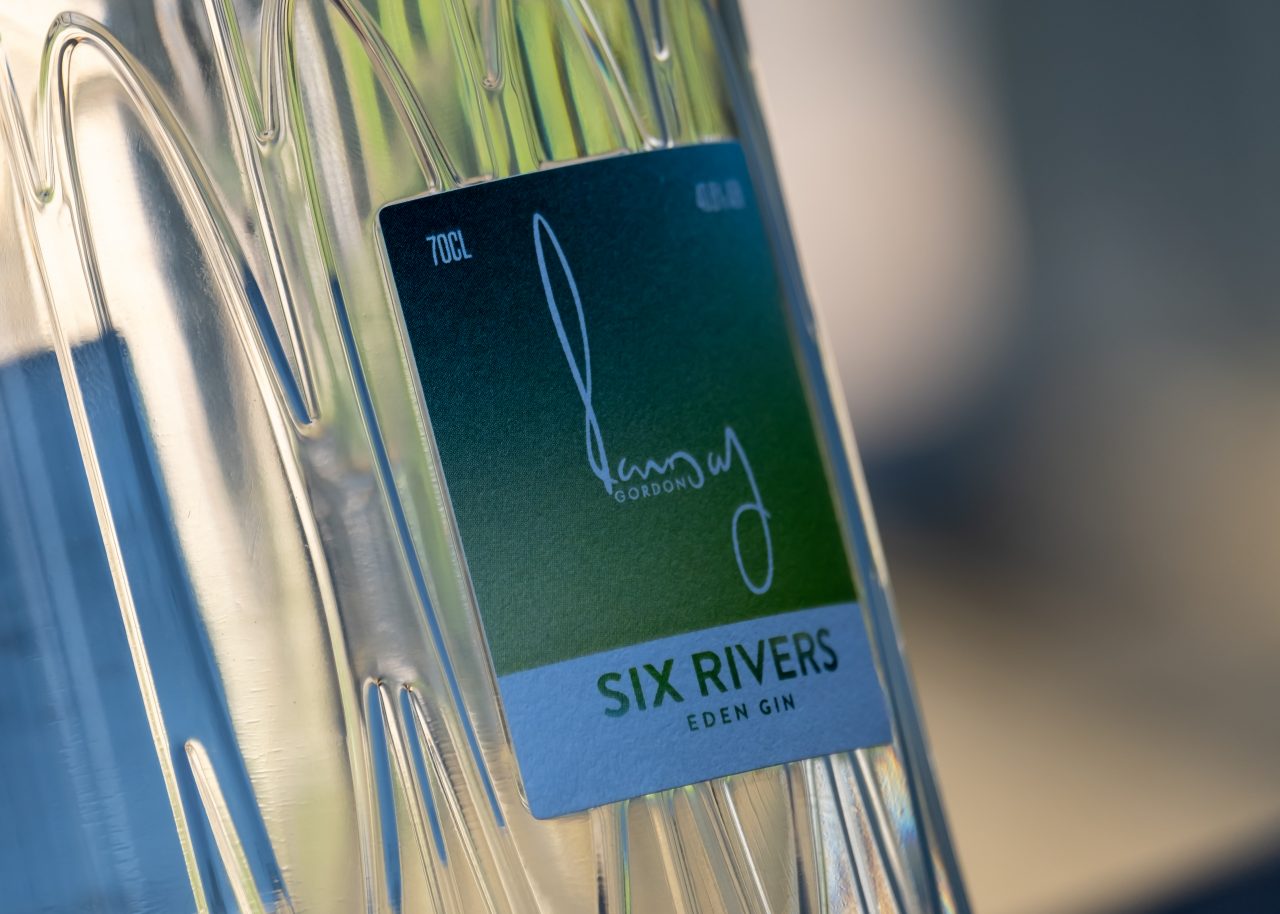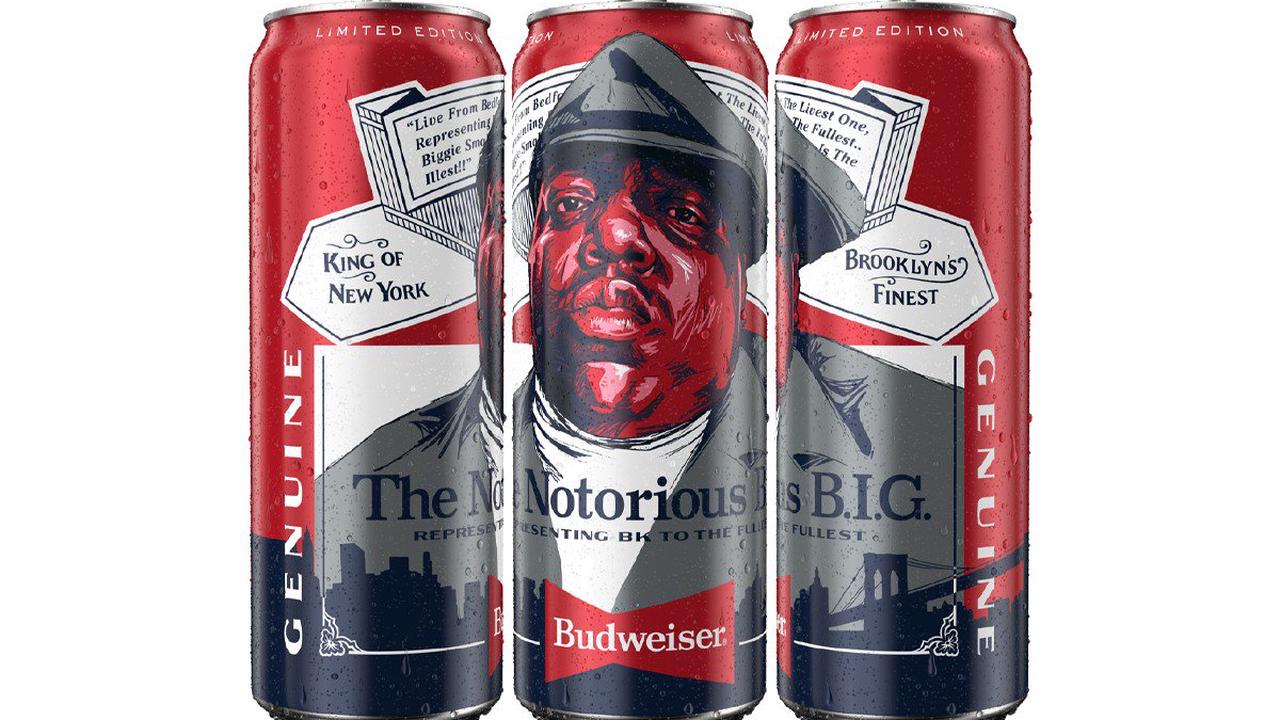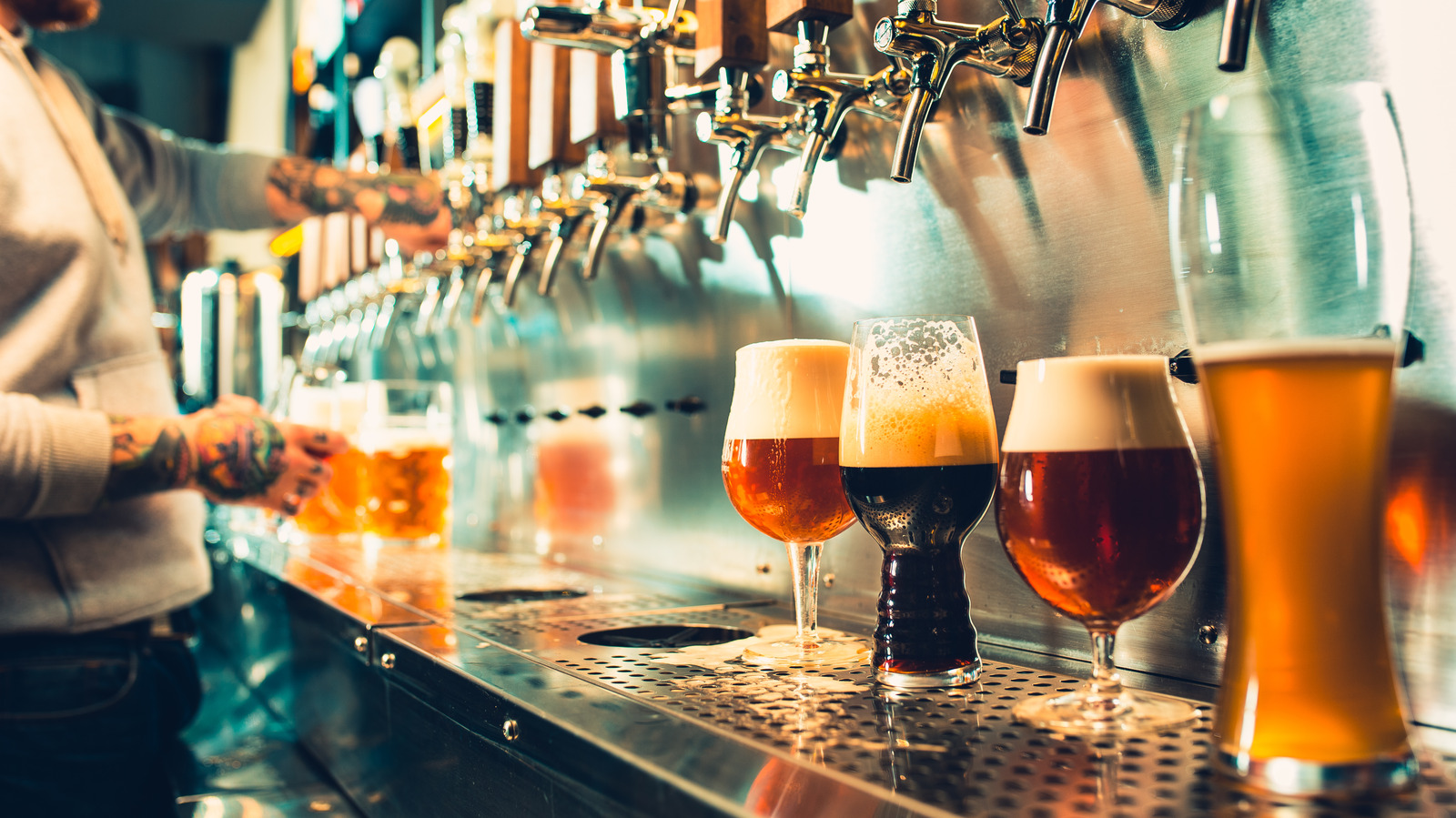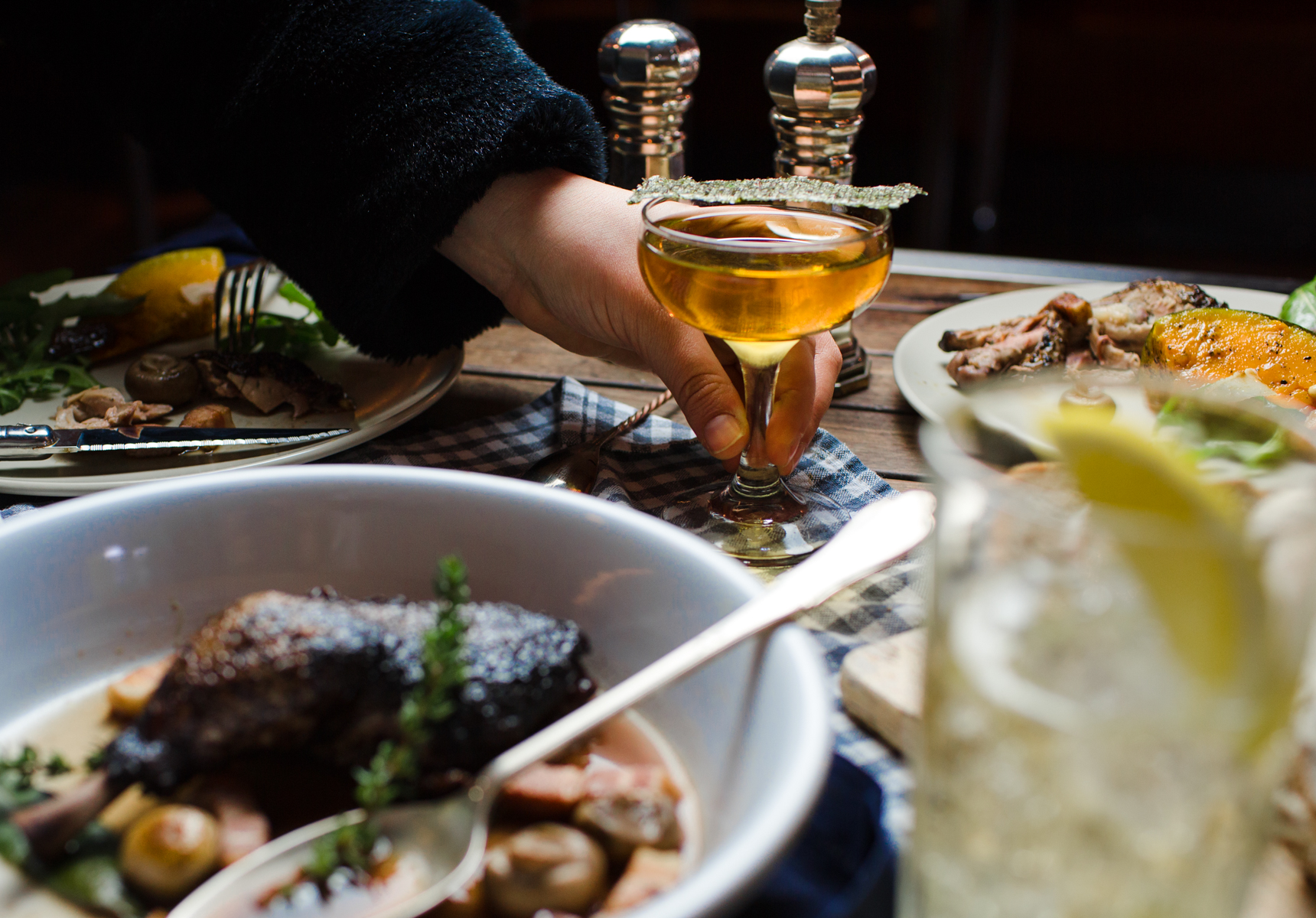It’s hard to believe that absinthe started as a way to deliver the healing properties of wormwood to the public but it did. In 1792 in Switzerland, Dr Pierre Ordinaire distilled wormwood in alcohol to treat his many patients. Five years later, Henri Pernod (yes, the creator of the Pernod brand) commercialised it and it became a runaway hit, even overtaking wine.
In the 1850’s, absinthe found advocates and supporters in not only aristocracy but in liberal crowds – poets, authors and artists alike. Oscar Wilde, Edouard Manet, Vincent Van Gogh and Ernest Hemingway were some of the popular, vocal advocates of the drink. ‘The Green Fairy’ became a symbol of liberation and was revered for helping bring out ideas. Absinthe made its way to the masses too, so much so that, people would have a glass or two everyday. A rough time in wine cultivation, and the lack of the previously cheap drink, helped absinthe convert many a wine drinker. The Czech Republic, Belgium, Brazil, the Netherlands and Switzerland all quickly adopted absinthe too, even creating the modern recipe of the drink.
What caused its notoriety wasn’t just jealous wine farmers who lobbied to abolish this drink and a fire in Pernod’s absinthe plant in 1901, but also a very strange case. Jean Lanfray, a Swiss man, murdered his pregnant wife and children in 1901 after coming home drunk and having a disagreement. Absinthe was blamed for causing hallucinations that led to the gruesome crime and absinthe drinkers became reviled. The truth, though, was that Jean Lanfray had had a lot of other liquors throughout the day, including six glasses of wine, coffee brandy and a litre of wine at home! This led abolitionists, who created rumours of ‘absinthe madness’, to succeed in banning the liquor in France in 1915. Other countries followed suit shortly after.
The green fairy only made its return in the 1990’s and in the 2000’s the bans around the world were repealed. Most countries allowed a 10mg/litre amount of ‘thujone’, the active ingredient in absinthe, afraid that that was what was causing the hallucinations. But the truth is, previously manufactured absinthe had a much less quantity of thujone and although, thujone can get you ‘high’, you’d have to take a much larger amount than just 10 mg for it to even affect you?
So what exactly caused this ‘absinthism’, you ask? Maybe it had something to do with the over 50% ABV required in absinthe to use wormwood. So yes, it probably was just alcoholism that everyone is suffering from. Now you now why this mysterious drink gained its notoriety, and also know that it’s a fairly harmless drink. Just don’t go about drinking too much of it, will you?
